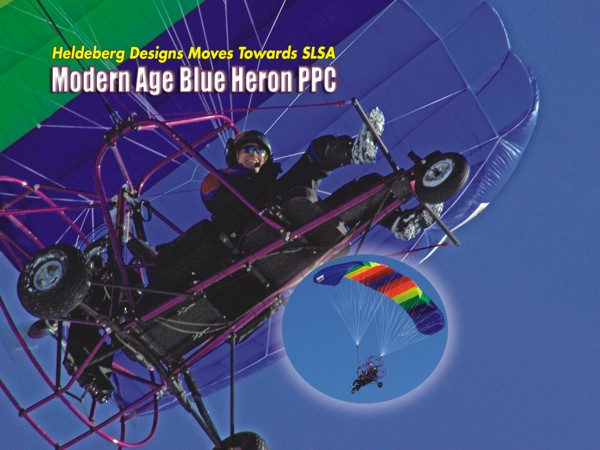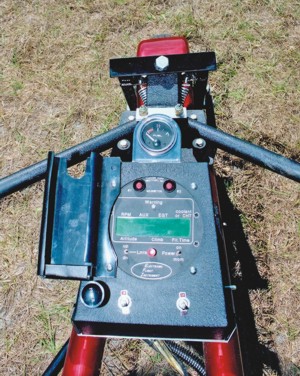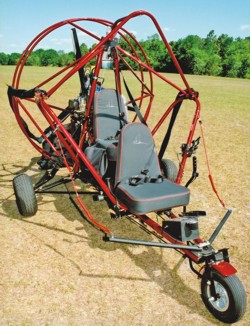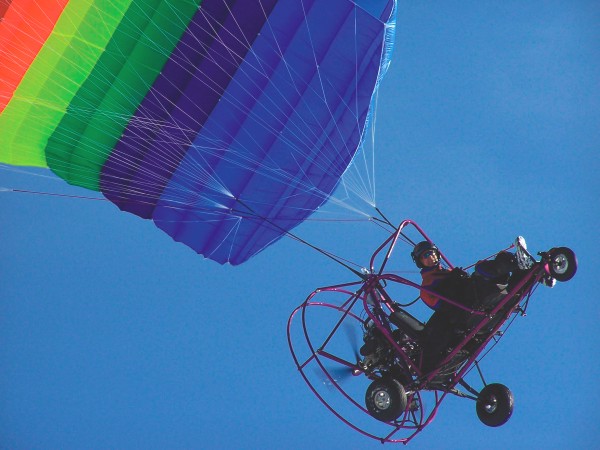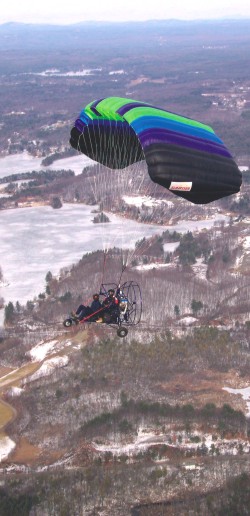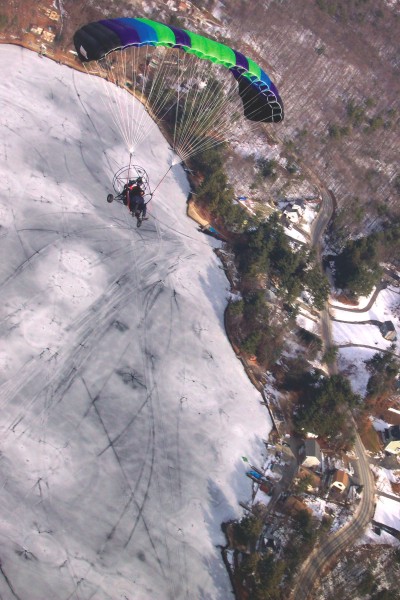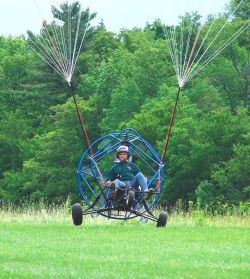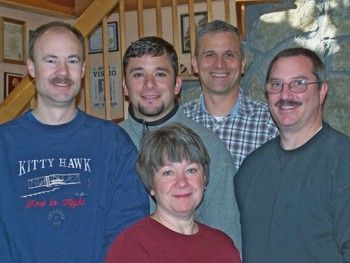
Some buyers are unsure how to weigh the decision between ultralight and the new light-sport aircraft. While Heldeberg Designs works on their statement of compliance to new ASTM consensus design standards, here’s some advice to Blue Heron owners from Heldeberg Designs: “Single-seat, FAA Part 103-compliant aircraft (e.g., the Spirit 103) will have to do nothing. Part 103 will continue on in its current form. “Older 2-seat ultralights will have to transition from the current exemption-based coverage granted by EAA, ASC, and USUA, to Light- Sport [Aircraft]. These aircraft will have to be inspected in order to receive an N-number as an Experimental Light-Sport Aircraft (ELSA). This will apply to all 2-place powered parachutes that were purchased before the new rule became effective, and provides for a 2-year transition period. This process will require owners to register their aircraft with FAA, and then have them inspected by an LSA Designated Airworthiness Representative (DAR) in order to be qualified as an ELSA aircraft.



